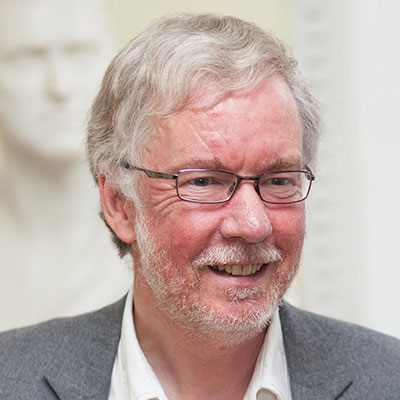On 17 June 1929, at around 10:17 local time, a 7.3-magnitude earthquake struck the South Island of New Zealand. Waves from the quake were recorded on seismometers around the world, notably in Frankfurt, Copenhagen, Baku, Sverdlovsk and Irkutsk.
These devices consisted of a heavy weight, suspended from a frame.
When the Earth and the frame vibrated, the inertia of the weight prevented it from moving with them, creating a difference in motion that could be captured by a pen on a rolling sheet of paper.
The first accurate seismometers responded to up and down movements in a horizontal arm, but shortly before the New Zealand earthquake, a new kind of seismometer using a vertically suspended weight came into play, and these proved crucial in the discovery.

Danish seismologist Inge Lehmann had been working for a couple of years comparing the output of seismic stations.
Initially working with published data, and then going to the original records as “published readings were not always satisfactory”, Lehmann discovered oddities in the wave patterns.
She realised that seismic waves arriving between around 104° and 140° from the epicentre had interacted with a solid inner core, disproving the previously accepted belief that the Earth’s core was entirely liquid.
Her discovery was celebrated with a Google Doodle on her 127th birthday.
Read more about the Earth's core:
